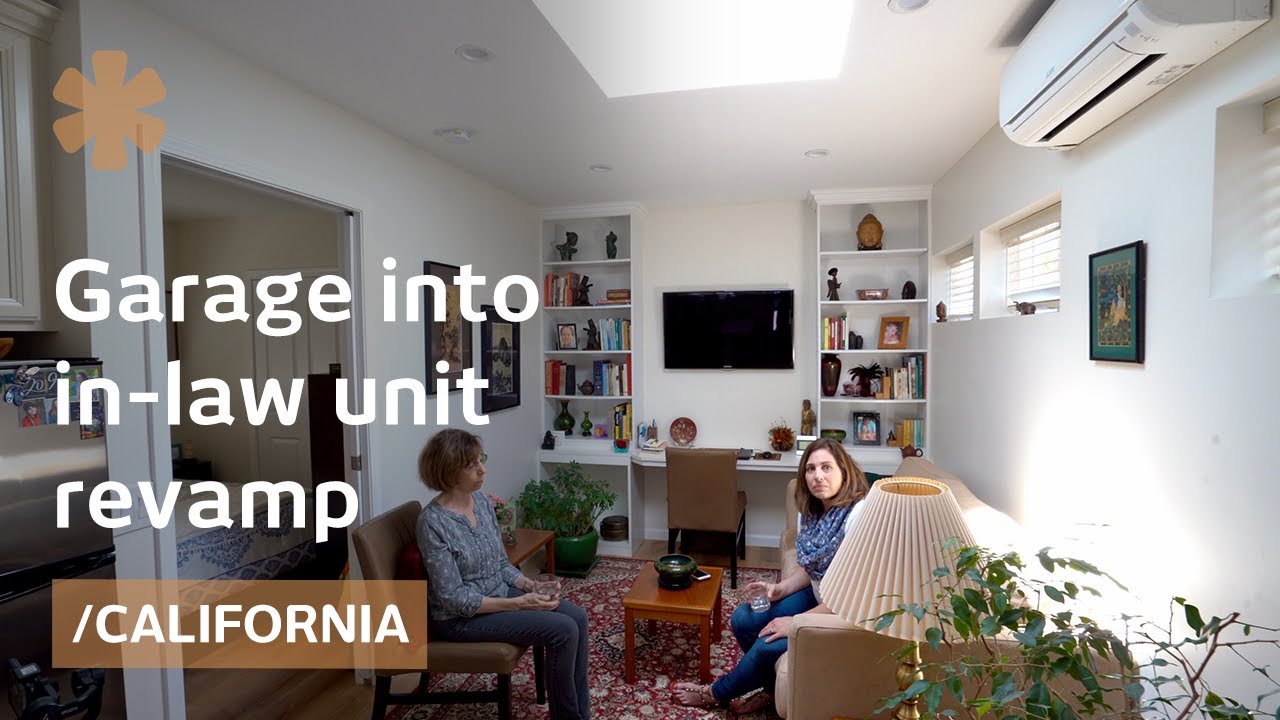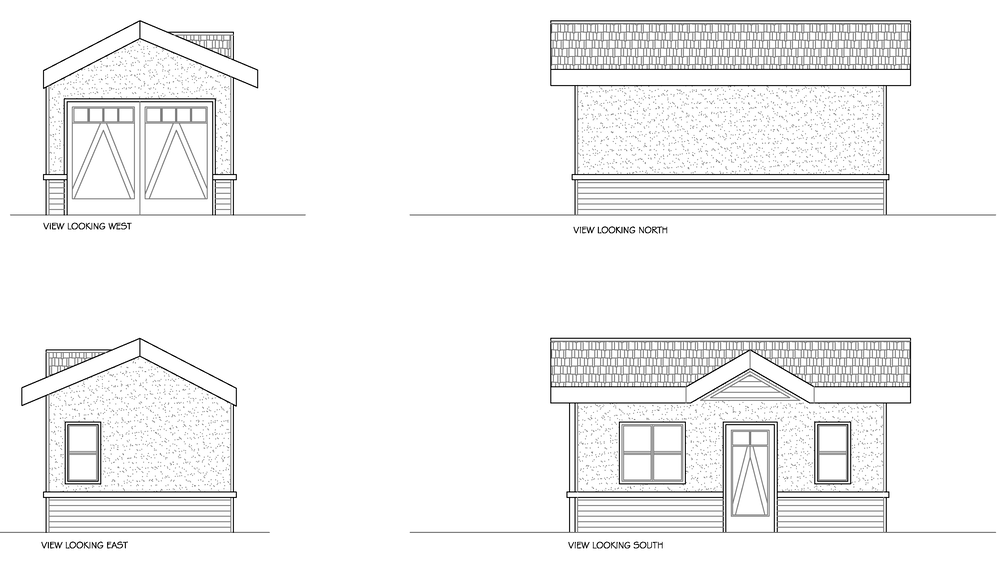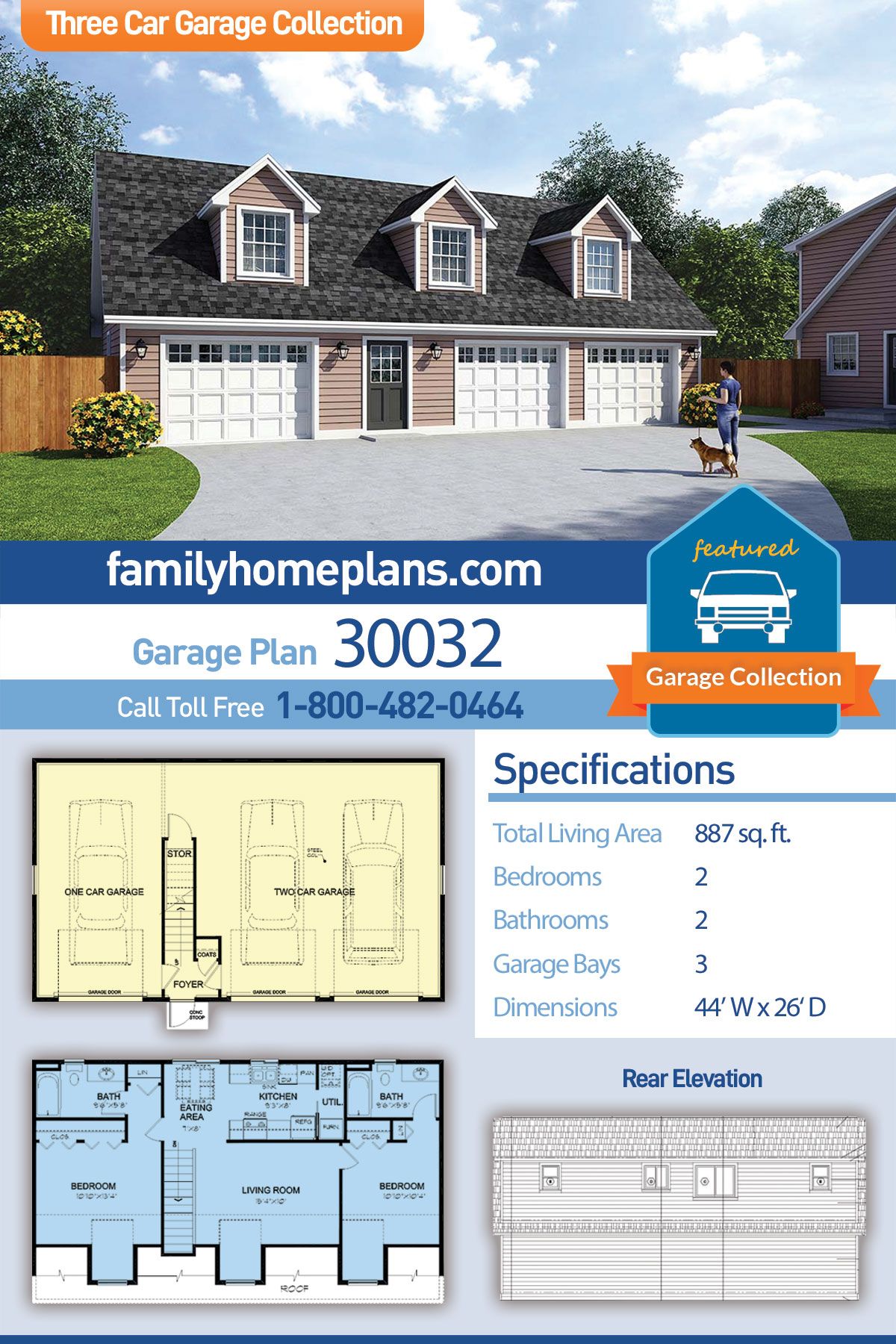
A garage conversion allows you to make full use of the space and is very creative. A garage conversion is an alternative to a basement remodel and will add some value to your house. Here are some key points to keep in mind when converting your house.
Decide how you will use the space. You can make your garage your guest room, gym, office or place to park your car. You can also make the space more visually appealing by adding architectural elements.
You should also consider how to properly insulate the garage. Proper insulation will raise the garage's floor to the same height as the rest, and help prevent water damage. A permit is another important step. The permitting process will vary depending on the size of the project.

Finally, make sure that you have the proper utilities installed. The utilities could be in a separate structure or connected to the main residence. You will need to ensure that your new room has enough power, heating, and plumbing.
The best way to find out is to have a contractor or consultant perform an in-depth evaluation of your space. A contractor or consultant should be able give you a detailed estimate of the costs and a timetable.
If you are considering a garage conversion, you can start by completing a basic inventory of what's in the space. This will give an estimate of the amount of space you'll need. Afterward, you can use the findings to create an accurate construction budget.
You should also check with your local council to ensure that the proposed changes meet all requirements. Converting a garage is much easier than ever. Most 2-car garages of less than 500 sq. ft are eligible for federal CDBG funds.

Once everything is completed, you'll have a functional workspace to add value to your home. This makeover is safe and fun for children if they are young.
The best way to do it is to hire an experienced contractor. This is the best method to make your garage conversion enjoyable. However, it can also be quite costly. It is worth investing the extra time and effort. It will be a wonderful addition to your house!
To conclude, a garage conversion is a fantastic way to add a livable and functional room to your home, without having to worry about encroachments on the garden. Even though it is not the most luxurious, the novelty of your new space makes it worthwhile.
FAQ
What is the cost of tile for a shower?
If you want to do it yourself, go big. A full bathroom remodels an investment. When you consider the long-term benefit of having a beautiful space for many years, it is a smart decision to invest in quality fixtures and materials.
The right tiles will make a big difference in the way your room feels and looks. This guide will help you select the right tiles for your project, no matter how small or large.
Decide the type of flooring that you want to install. Ceramics, porcelain, stone, and natural wood are common choices. Select a style, such as classic subway tiles or geometric patterns. Select a color palette.
If you are remodeling a large bathroom, you'll likely need to match the tile with the rest. For example, you may opt for white subway tile in the kitchen and bath area while choosing darker colors in other rooms.
Next, decide the scope of the project. Is it time to update a small powder room? Do you want to add a walk-in wardrobe to your master bathroom?
After you have determined the scope of work, visit local shops to see samples. By doing this, you will get an idea of the product's installation methods.
Shop online for amazing deals on ceramic and porcelain tiles Many retailers offer free shipping or discounts on bulk orders.
How long does it typically take to renovate a bathroom?
Two weeks typically is required to remodel a bathroom. This can vary depending on how large the job is. Some jobs, such installing a vanity and adding a shower stall, can take only a couple of days. Larger jobs, like removing walls, installing tile floors and fitting plumbing fixtures, may take several days.
Three days is the best rule of thumb for any room. This means that if there are four bathrooms, you will need 12 days.
What are the main components of a full kitchen renovation?
A complete kitchen remodel is more than just installing a new sink or faucet. There are cabinets, countertops as well, lighting fixtures and flooring.
A full kitchen remodel allows homeowners to update their kitchens without having to do any major construction. The contractor and homeowner will be able to do the job without any demolition, which makes the project much easier.
Renovating a kitchen can involve a range of services including plumbing, heating and cooling, painting, and even drywall installation. A complete kitchen remodeling project may require multiple contractors depending on the size of the job.
A team of professionals is the best way to ensure that a kitchen remodel runs smoothly. Small issues can lead to delays when there are many moving parts involved in a kitchen remodel. If you choose a DIY approach, make sure you plan and have a backup plan in place in case things go wrong.
How do I know if my house is in need of a renovation?
First, consider whether your home has been updated in recent times. You might want to renovate if you haven’t had any home updates in several years. You might also consider a remodel if your home is brand new.
Your home's condition is also important. A renovation is recommended if you find holes in your drywall, peeling wallpaper, or cracked tiles. A remodel is not necessary if your home appears to be in great condition.
Another factor to consider is the general state of your home. Is your house structurally sound? Are the rooms clean? Are the floors in good condition? These are crucial questions when deciding on the type of renovation to do.
How much would it cost to gut a home vs. how much it cost to build a new one?
A home's contents are removed, such as walls, floors, ceilings and plumbing. This is usually done when you are moving into a new home and need to make some adjustments before you move in. It is often very costly to gut a home because of all the work involved. Depending on the job, the average cost of gutting a home is between $10,000 and $20,000
The process of building a home involves the construction of a house from one frame to another. Next, the builder adds walls, flooring and roofing. This is typically done after purchasing lots and lots of lands. Building a home is normally much less expensive than gutting, costing around $15,000-$30,000.
It all comes down to what you want to do in the space. You'll likely need to spend more money if you want to gut a property. It doesn't matter if you want a home built. Instead of waiting for someone else, you can build it how you want.
What are some of the largest costs associated with remodeling your kitchen?
Planning a kitchen renovation can be costly. These include demolition, design fees, permits, materials, contractors, etc. These costs seem small when you look at them individually. But when you combine them, they quickly add up to be quite significant.
Demolition is likely to be the most expensive. This includes removing any cabinets, appliances, countertops or flooring. The insulation and drywall must be removed. You must then replace these items with new ones.
You will need to hire an architect for plans. You will need permits to ensure your project meets the building codes. Next, you will need to hire someone to actually build the project.
Once the job has been finished, you need to pay the contractor. All told, you could spend anywhere between $20,000 and $50,000 depending on how big the job is. This is why it's important to get estimates form multiple contractors before hiring one.
These costs can be avoided if you plan. You may be able to negotiate better deals on materials or even skip some of the work. It is possible to save money and time by knowing what to do.
People often try to install their cabinets themselves. Because they don't have professional installation fees, this is a way to save money. Problem is, they often spend more time trying to place the cabinets themselves. The time it takes to complete a job can be completed by professionals in half the time.
Another way to save money is to buy unfinished materials. It is important to wait until all pieces have been assembled before buying pre-finished materials, such as cabinets. Unfinished materials can be used immediately by you if purchased. And you can always decide to change your mind later if something does not go according to plan.
Sometimes, though, it doesn't make sense to go through all of this. Planning is the best way save money on home improvement projects.
Statistics
- $320,976Additional home value: $152,996Return on investment: 48%Mid-range average cost: $156,741Additional home value: $85,672Return on investment: (rocketmortgage.com)
- Following the effects of COVID-19, homeowners spent 48% less on their renovation costs than before the pandemic 1 2 (rocketmortgage.com)
- 55%Universal average cost: $38,813Additional home value: $22,475Return on investment: 58%Mid-range average cost: $24,424Additional home value: $14,671Return on investment: (rocketmortgage.com)
- According to a survey of renovations in the top 50 U.S. metro cities by Houzz, people spend $15,000 on average per renovation project. (rocketmortgage.com)
- About 33 percent of people report renovating their primary bedroom to increase livability and overall function. (rocketmortgage.com)
External Links
How To
How to Install Porch Flooring
While installing porch flooring is straightforward, it takes some planning. The easiest way to install porch flooring is by laying a concrete slab before installing the porch flooring. You can also lay a plywood deckboard if you don't have access to concrete slabs. This allows you install the porch flooring easily without needing to make a large investment in a concrete slab.
Before installing porch flooring, you must secure the plywood as the subfloor. First measure the porch's width. Then cut two strips from wood that are equal in width. These strips should be attached to the porch from both ends. Then, attach the strips to the walls by nailing them in place.
Once you have secured the subfloor, you will need to prepare the space where you want to install the porch flooring. This typically involves cutting the top layer of floorboards to the desired size. You must then finish your porch flooring. A polyurethane finish is common. A stain can be applied to porch flooring. You can stain your porch flooring more easily than applying a clear coating. All you need to do is sand the stained area after applying the final coat.
Now you are ready to put in the porch flooring. Measure and mark the location for the porch flooring. Next, cut the porch flooring to size. Then, fix the porch flooring to its place using nails.
You can install porch stairs if you want to add more stability to your porch flooring. Porch stairways are typically made of hardwood. Some people prefer to install their porch stairways before installing their porch flooring.
Once your porch flooring is installed, it is time for the final touches. First, you must remove the porch flooring and replace it with a new one. Next, remove any debris. You must take care of dirt and dust in your home.